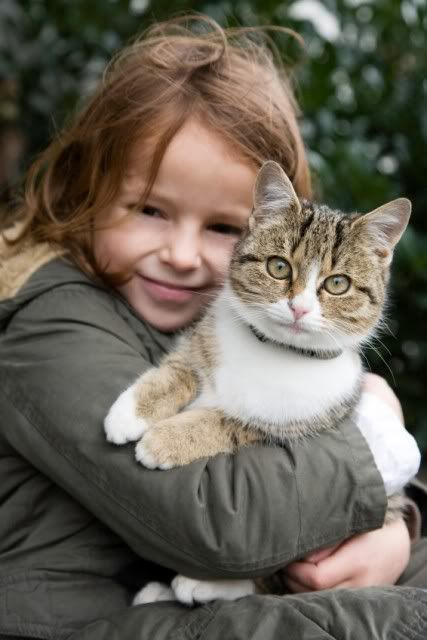
Having both pets and children is very different than children having pets. Whichever way it works in your household, though, there is one very important thing you must do: educate children about how to interact with, care for, and play with pets. Small children should obviously not be left alone with pets, as they can’t follow the rules about not pulling tails or petting too hard. As they age, however, interacting with the pets will become a valuable part of their life experience.
Children should be taught to respect animals, and to always treat them gently. This means touching them gently, and not chasing after animals that are feeling shy or don’t want to be touched, picked up, or held. It means holding out their hand for an animal to smell before touching them, and not pulling on tails, poking at faces, etc. Older children can learn how to work with dogs on obedience (giving treats for following commands) and holding the leash while taking dogs for walks.
Having pets is also a great way to teach children about responsibility and caregiving. Feeding animals on a regular schedule, cleaning up after them, replacing bedding in cages and making sure that animals are looked after every day is a wonderful way for children to learn and to enjoy spending time with their animals. Teaching children to look for signs of health in an animal will enable them to feel empowered to care for others, and they can help you keep an eye on your animals’ well-being.







